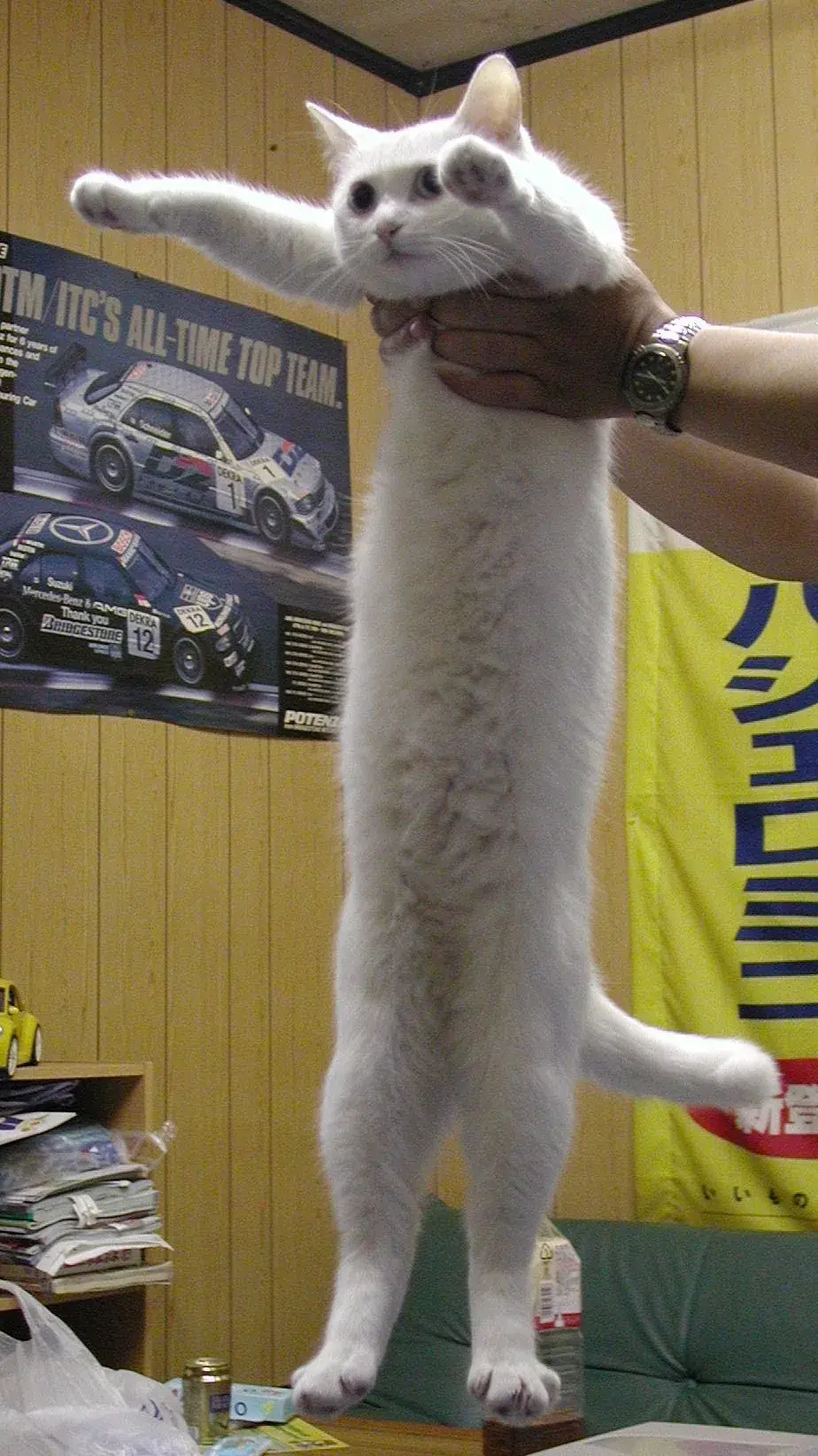This is truly the best way to Rickroll someone. We’ve reached new heights. I like it.
In a sense, it’s the only way
What is internet layer?
The internet layer of the TCP/IP network stack is where the packets are routed between hosts. It operates between devices that have their own logical (IP) addresses, such as computers, routers, modems, or network bridges. It is the layer where the packet finds its way from the sender to the destination. Its most common protocols are IPv4, IPv6, and ICMP.
It’s been a few years since my networking course,
but I believe it refers to DNSit refers to stuff like IP addresses. DNS is related to the Internet layer, but it’s not correct to call it the Internet layerThis meme is kind of wrong though, because it’s mixing the OSI model with the TCP/IP model, which are different representations of the same thing, but in either model the “link layer”, ie layer 2 switching would never hand over to the “internet” layer without going through network first. So if you’re confused, it’s because it’s wrong.
Application, transport, session, transport, network, data, physical (OSI) Application, transport, internet, network (TCP/IP)
First mention of Transport should be Presentation for OSI. All People Seem To Need DP. Dr. Pepper? Data Processing? Remember it as you will.
Appreciate it! Yea something seemed off about the meme in general, but I couldn’t put my finger on it
It’s the Internet Protocol packets that hold the TCP segments and UDP packets.
Yep now I remember. You’re right, it’s the IP addresses. DNS just maps those addresses to URLs
DNS is an application layer on top of the Internet layer that lets you have host names (i.e. “www.google.com”) towards the user side instead of IP addresses (i.e. 127.0.0.1).
However the internet layer only understands IP addresses so any application that is using hostnames internally and for displaying to the user has to translate them into IP addresses (using DNS) as it has to use those for the internet layer to know which hosts it wants to talk to.
URLs are yet something else: they’re a text format for encoding protocol, host if applicable (in name or in IP address), IP port if applicable and protocol specific stuff (i.e. the page address on a website) to form an application level “address”, which is more than just the host address (as that’s only a machine on the network, not a service hanging from an IP port on that machine waiting for requests).
People are so used to web URLs that they often don’t know URLs can encode more than just pages in what they think as “normal” web addresses (such as http://www.google.com/ and https://www.google.com/) and can actually support the same protocol in a different port (http://www.google.com:8080/ - note that this one probably doesn’t work because google just uses the default port for HTTP which is 80 and doesn’t have an HTTP server running in 8080), host identification by IP address instead of hostname (i.e. http://127.0.0.1) and even different protocols (i.e. ftp://127.0.0.1).
This meme took up a lot of vertical space on my feed, like this cat

the clearest graphic flow than any company flowchart presentation
this is what I’ll post whenever I get that fucking stupid interview question.
People don’t need to see Paula Abdul.
although… People Desperatly Need To See Pamela Anderson
love it
Love it
There are two of me?
No, there’s one of me and one of you.
I am blind








